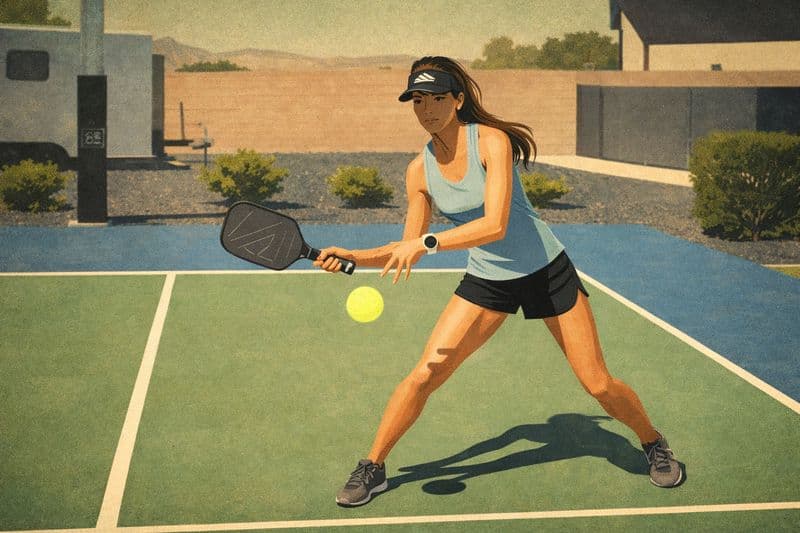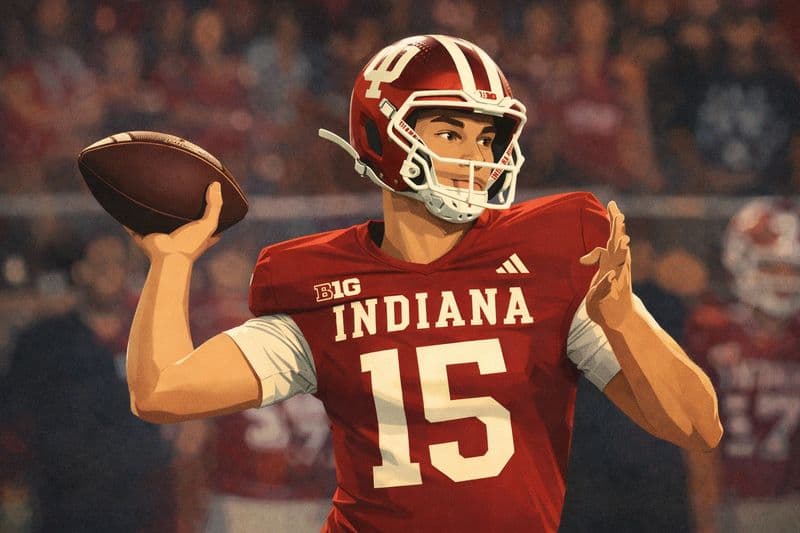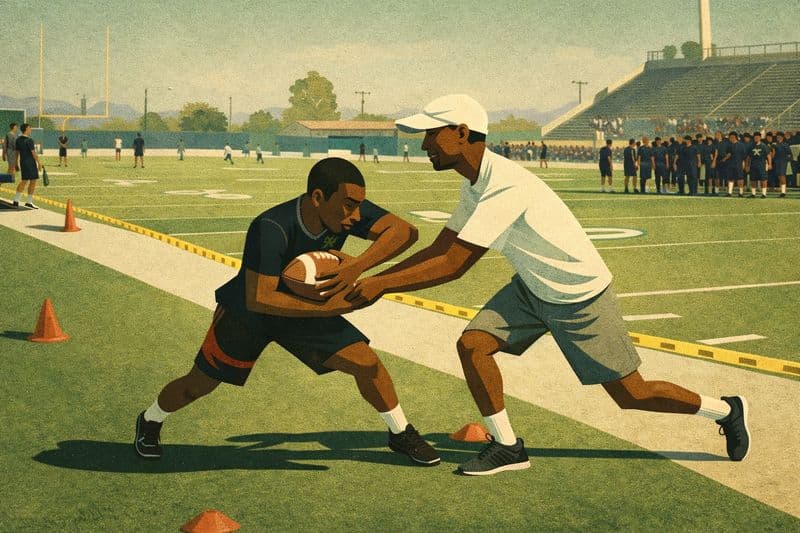
April is National Pickleball Month – a time to celebrate a sport that has taken the United States by storm over the past few years. Pickleball, once a niche pastime, has exploded in popularity from local parks to pro tournaments.
Pickleball’s Explosive Growth in the Past Five Years
It’s no exaggeration to call pickleball the fastest-growing sport in America – the numbers tell the story. According to the Sports & Fitness Industry Association (SFIA), participation skyrocketed 85.7% in a single year (2021 to 2022), reaching 8.9 million players in 2022. In fact, so many new players started playing in 2022 that they outnumbered the total players from the year before. And by the end of 2024, pickleball fever had attracted 19.8 million U.S. participants (a 45.8% jump from 2023). That represents a 311% explosion in participation over three years.
Such growth is unprecedented for a sport with already millions of players. Back in 2019, pickleball had around 3.5 million players; fast forward to 2023 and that number was about 13.5 million, and still climbing. Participation is surging across all ages and regions, with every generation from kids to young adults to seniors getting on the court. The sport’s official governing body, USA Pickleball, has also seen membership jump nearly 30% in one year, surpassing 70,000 members in early 2023.
A Sport for All Ages

What’s behind this pickleball craze? Pickleball’s magic is that it’s accessible, easy to learn, and incredibly social. The rules are simple (think of a blend of tennis, badminton, and ping-pong), the court is small, and you can have a blast whether you’re a competitive athlete or just playing casually for fun. Unlike other sports that may be too challenging for very young and older players, like tennis for example, the short courts and slower ball make it easier for all skill levels and ages to enjoy.
The camaraderie and community vibe on pickleball courts is frequently cited as a top reason people get hooked. It’s common for strangers at the local park to quickly become friends after a few pick-up games, thanks to the sport’s friendly, doubles-oriented play.
Courts, Communities, and a Booming Economy
The rapid rise of pickleball has not only created a new community culture – it’s spurring real economic and infrastructure growth. Across the U.S., cities and parks departments are racing to build courts to keep up with demand. As of early 2025, there are over 68,000 pickleball courts nationwide, more than double the count just a couple years prior. New state-of-the-art complexes specifically for pickleball play are being opened frequently. In 2023 alone, over 35 major pickleball venues were developed with an estimated $300+ million investment.
According to data from TeachMe.To over 10,000 lessons were booked in the past year. And that number will only continue to grow as the sport grows in popularity, infrastructure and media coverage.
What does this mean for coaches?
Beyond the growth in courts, players and overall popularity, pickleball is also having a personal impact on coaches’ economy. Take Breanna for example, a former veterinary assistant who now makes a living teaching pickleball using TeachMe.To. “I wanted to make a little extra money, but I also had this vision of being my own boss”, Breanna said when asked about how she started coaching on the side of her 9-5. Now, the 29 year-old pickleball instructor from Queens makes $5,000-$6,000 monthly on average, teaching over 30 lessons per week.
Breanna Meertins is just one of the few people who have ridden the pickleball wave and made money teaching a sport they fell in love with. If you’re interested in teaching pickleball and make some extra money, or even become your own boss like Breanna, you can head to https://teachme.to/become-a-pro.
The Road Ahead: Continued Growth and a Bright Future
With such momentum behind it, what’s next for pickleball? Most signs point to continued growth and a bright future for years to come. “The next challenge isn’t convincing more people to play – they’re clearly hooked already – it’s building enough infrastructure to support the demand,” one analysis noted. In other words, pickleball is here to stay as a mainstream sport.
On the professional side, look for the pro leagues and tournaments to get more TV exposure and sponsor investment, which will further raise pickleball’s profile. As the competitive scene heats up, it will inspire even more fans to give the game a try. And internationally, pickleball is gaining traction in Europe, Asia, and beyond, hinting at a global boom on the horizon.
Conclusion: A Celebration of Pickleball’s Success
From its humble beginnings on a family driveway in 1965 to the nationwide phenomenon we see today, pickleball’s journey is an inspiring success story of a sport that truly brings people together. It has grown faster than anyone imagined, fueled by its accessibility, its intergenerational appeal, and the simple joy it sparks on the court. During this National Pickleball Month, we’re not just celebrating a trend – we’re celebrating community, fun, and a new era of inclusive play. Pickleball’s rise might be unstoppable, but it’s also just plain fun – and that’s something everyone can rally behind. Happy National Pickleball Month!


